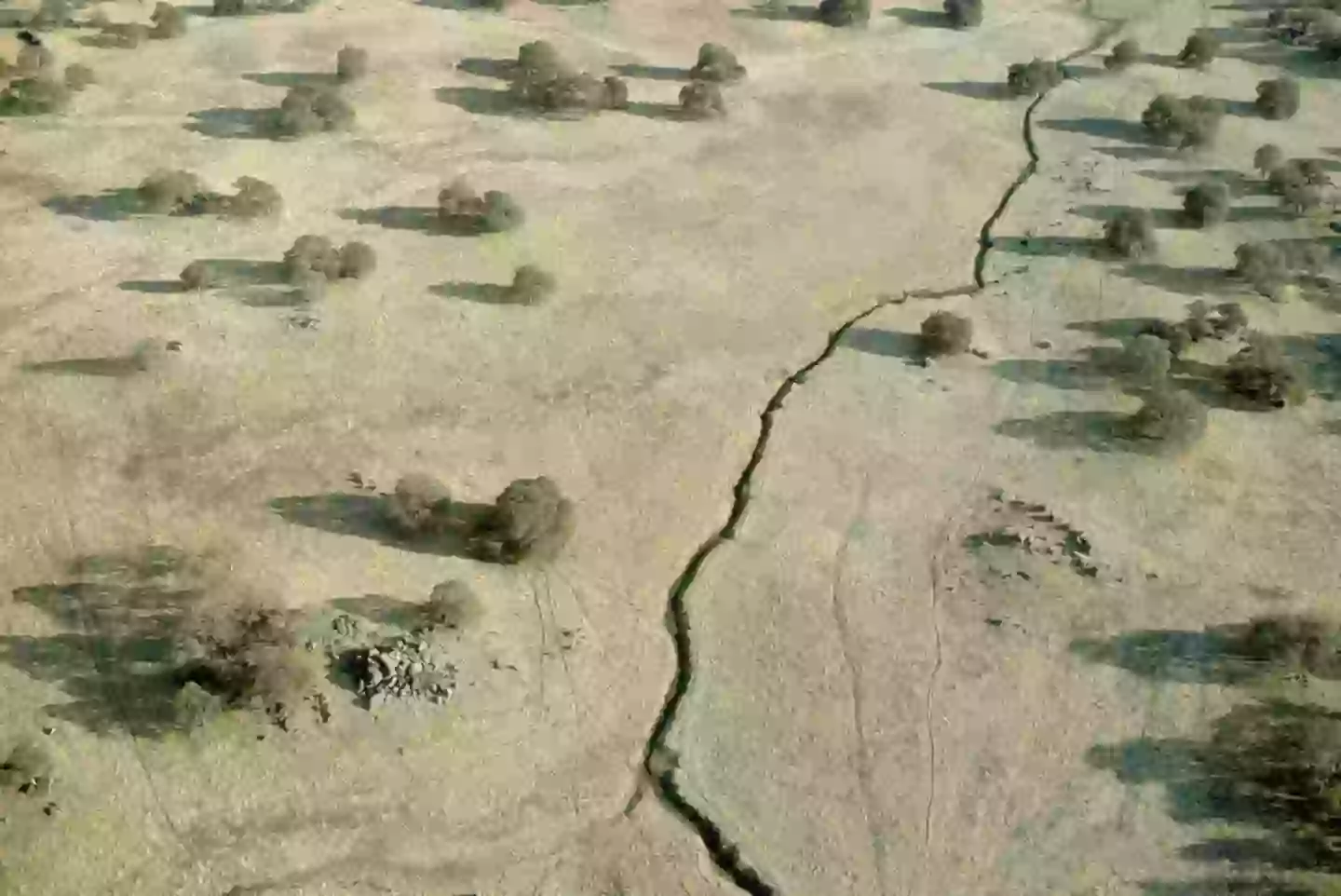Researchers have issued a warning about signs of increased activity at a 620-mile fault line stretching across North America.
You’ll likely remember learning about the jigsaw of tectonic plates which make up the Earth’s crust. The plates are constantly bumping into each other, causing further stress to rock formations and leading to the creation of fault lines.
And just like the larger tectonic plates, fault lines are also capable of causing earthquakes.
This particular crack in the ground is known as the Tintina fault and spans across the border of Northeastern Canada and Alaska. For a long time, the fault had been believed to be completely inactive.
According to a new study, researchers have been studying the fault line and have now discovered that the crack is not only very much awake, but also accumulating tension.

The fault line lies across northwestern Canada and the US state of Alaska (Robert Postma/Design Pics Editorial/Universal Images Group via Getty Images)
Which means an earthquake in the region is a possibility.
The study, published in the Geophysical Research Letters journal last month, revealed researchers’ findings after gathering topographic data from the area.
“Over the past couple of decades there have been a few small earthquakes of magnitude 3 to 4 detected along the Tintina Fault, but nothing to suggest it is capable of large ruptures,” Theron Finley, PhD graduate at Canada’s University of Victoria and the lead author of the study, explained in a statement to Time.
READ MORE:
SCIENTISTS ISSUE WARNING ABOUT ‘THE BIG ONE’ EARTHQUAKE PREDICTIONS
NASA RECORDED EARTHQUAKE SO POWERFUL IT SHIFTED EARTH’S AXIS AND CHANGED LENGTH OF A DAY
However, the research conducted by Finley and his team changes this, with the paper suggesting Tintina could cause more disruption than originally believed.
Interest is focused around an 81-mile stretch of the fault line that has been awake and rumbling for about 2.6 million years.
Considering the geographical studies of the area, which suggest the fault line has been relatively stable for the past 12,000 years, there’s a lot of tension building up between the two rock formations.

Fault lines typically occur along plate boundaries (Robert Postma/Design Pics Editorial/Universal Images Group via Getty Images)
Finley’s team believe the fault line is accumulating between 0.2 mm and 0.8 mm of strain a year.
Which doesn’t sound like much… until you factor in that this predates the geological Holocene Epoch, which began 11,700 years ago.
“We determined that future earthquakes on the Tintina fault could exceed magnitude 7.5,” Finley continued. “Based on the data, we think that the fault may be at a relatively late stage of a seismic cycle, having accrued a slip deficit, or build-up of strain, of six metres [20 ft] in the last 12,000 years.
“If this were to be released, it would cause a significant earthquake.”
This particularly active portion of the fault line sits close to the Canadian town of Dawson City, home to roughly 1,600 people, and could cause disruption should an earthquake occur.
Earthquakes of a similar magnitude include the 2024 quake in Noto, Northern Japan, which killed 645 and one which struck Indonesia in 2018, killing 4,300